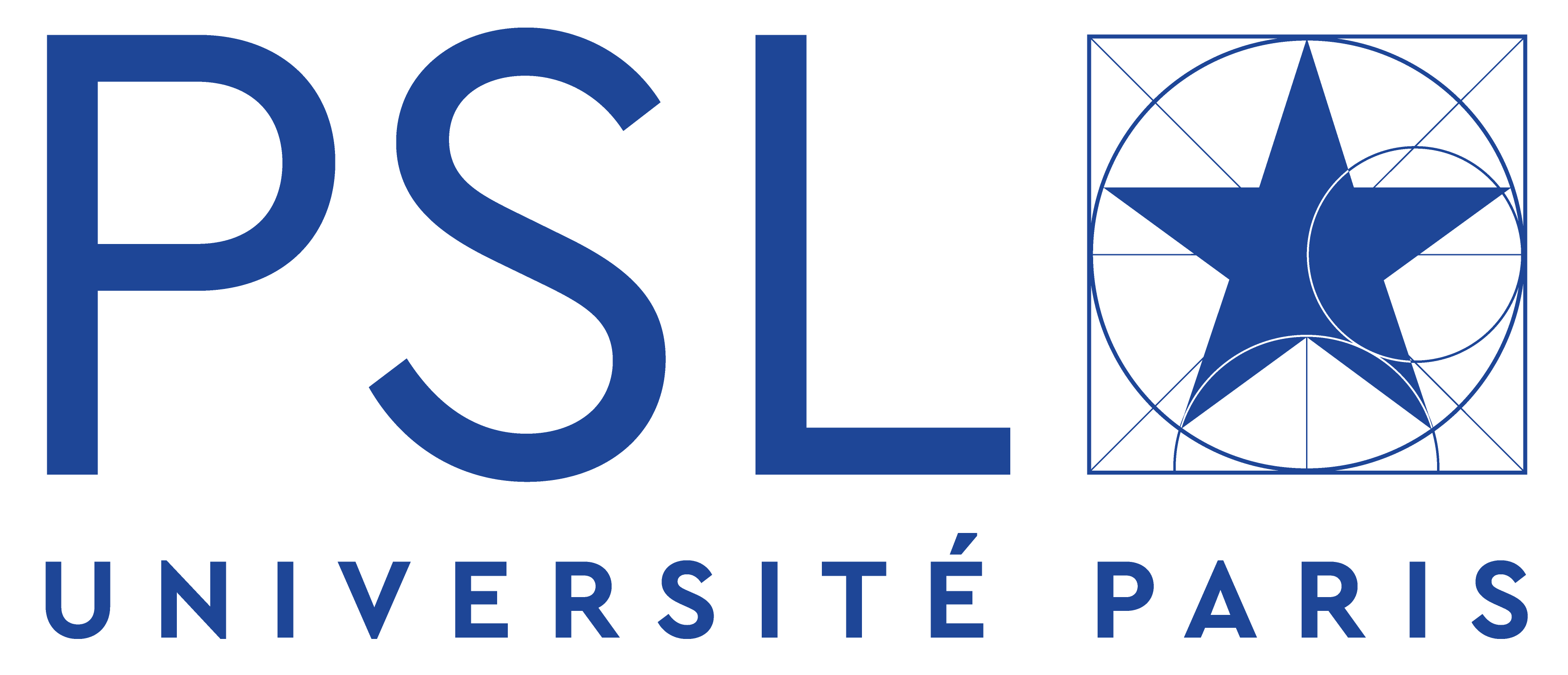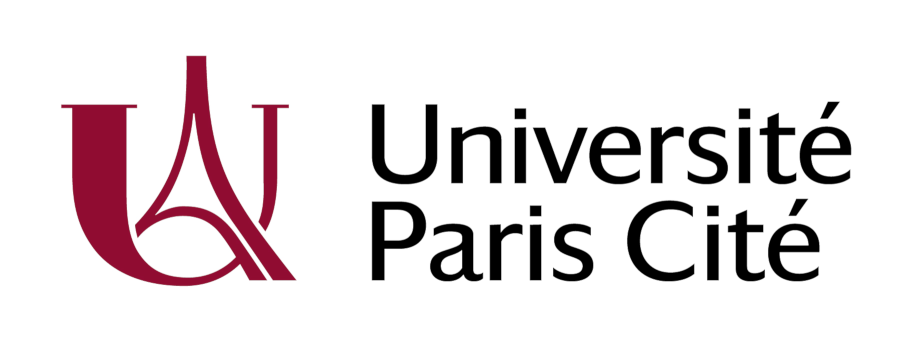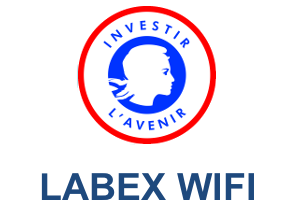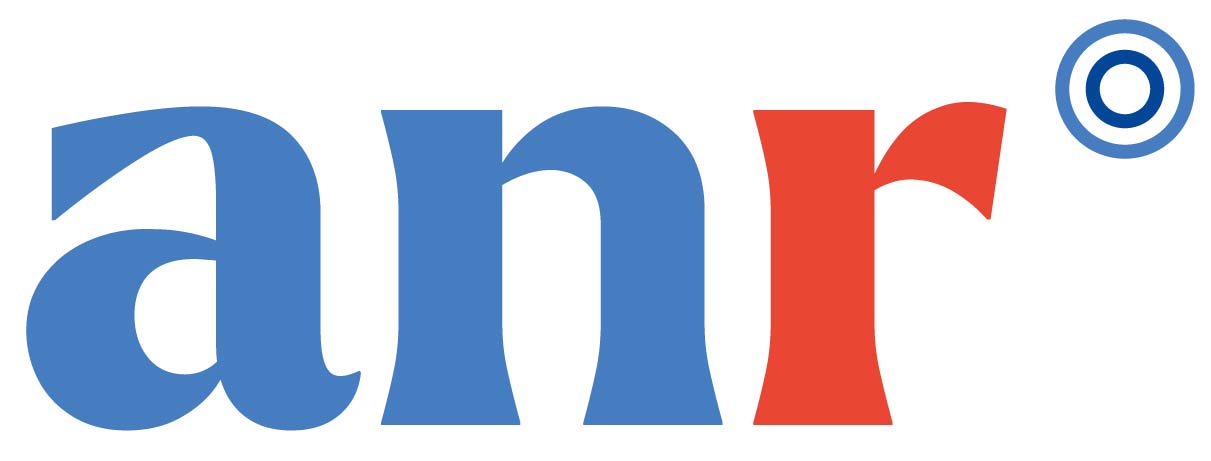Combined swept-source and diffraction grating optical coherence tomography for deep imaging in scattering tissue
https://doi.org/10.5281/zenodo.17314242
CNRS UMR 7587 - ESPCI - Institut Langevin, 75005 Paris. Hôpital des XV-XX, 75012 Paris. Fondation Rothschild 75019 Paris. Fondation Digital Holography 75005 Paris. The University of Pittsburgh Medical Center (UPMC), Pennsylvania, United States. Contact : Michael Atlan. ![]()
Context : The clinical investigation centers of the Quinze-Vingts Eye hospital, the Foundation Adolphe de Rothschild Hospital, the University of Pittsburgh, and the Langevin Institute, have developed unique innovative expertise in digital holography, laser Doppler imaging and optical coherence tomography, and the evaluation of their medical use in a variety of ocular pathologies, which demonstrates clinical relevance.
Goal : A line pattern illumination from a swept-source laser, in the 820 nm to 870 nm wavelength range, will be formed to illuminate a tissue sample. The backscattered light will be filtered spatially and diffracted by a diffraction grating, in order to create a diffraction pattern that will be swept spatially according to the wavelength variation of the laser. That pattern will be recorded by an ultrahigh-speed camera. The recording process will be done with an optical interferometer, by digital holography, in order to enable high sensitivity phase-resolved measurement in low light. Digital signal processing of the recorded optical field diffraction patterns may allow selection of deep backscattered photons, Doppler-shifted photons and filtering of coherent crosstalk that emerges from randomized optical path length distribution in the scattering sample.
Mission : A team of interns will build and develop a prototype imaging device that will be used to provide Doppler and tomographic images of the eye. They will also conduct the experiments and perform data processing in Matlab and ImageJ. They will learn and improve coherent image formation by wave propagation, fluctuation analysis, statistical filtering. Support for software development is provided by the Digital Holography Foundation, and through the Discord server Digital Holography.
References :
Diffuse laser illumination for Maxwellian view Doppler holography of the retina
Full-field swept-source optical coherence tomography and laser Doppler holography
Anterior segment, blood flow imaging, eye tracking, and transparency assessment
Blood flow reversal in out-of-plane vessels
Reverse contrast laser Doppler holography
Real-time principal component analysis
Spatio-temporal filtering
Waveform analysis of human retinal and choroidal blood flow with laser Doppler holography
Choroidal vasculature imaging with laser Doppler holography
Swept-source optical coherence tomography by digital holography in real-time
Doppler holography of the human retina
High speed optical holography of retinal blood flow
Doppler imaging of microvascular blood flow
Holographic laser Doppler ophthalmoscopy









